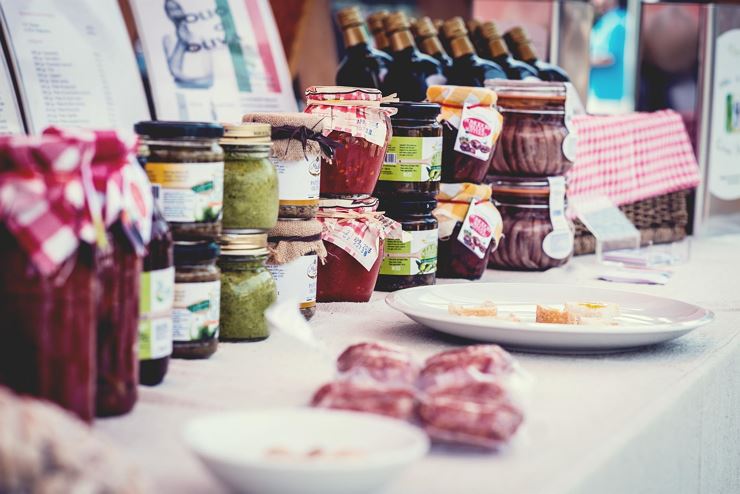Untere Schranne gourmet region - Niederndorf
 © VANMEY Photography
© VANMEY Photography
Achieving More Together - The Culinary Region of Untere Schranne
When the time is right for an idea, nothing can stop it - so they say. The idea of connecting producers, processors, and consumers of regional foods in a circular economy has turned Untere Schranne into a culinary region proud of everything that grows and is created in the area.
In 2005, the hosts of the former Gasthof Sebi in Niederndorf and the Unterwirt in Ebbs were looking for more regionality in their food offerings. They wanted to serve their guests local foods from the surrounding area. They had an idea: They brought together the farmers from the communities of Ebbs, Erl, Niederndorf, Niederndorferberg, Rettenschöss, and Walchsee with the processing businesses. The problem for the food-producing farms quickly became apparent: Besides producing food and often accommodating vacation guests, many farmers had no time to handle direct marketing. The idea of calling an unknown innkeeper to offer fresh game, for example, was hard to imagine. With the founding of the Culinary Region of Untere Schranne, this changed.
Appreciation and Quality Control The dialogue between producing farms like farmers, herb collectors, and housewives who made jams and syrups from fresh fruits and processing businesses that needed these regional products was a start. First hesitant, then increasingly intensive, an active exchange of food, handcrafted products, and skills from people in the region began. Every association meeting was held at a member’s business, increasing respect for each other's work and generating new ideas. This personal contact had another effect: Because all members knew each other personally, it became a matter of honor to deliver the best quality - automatically, without written agreements.
More Regionality for Everyone It quickly became clear that the Culinary Region benefits not only producers and processing businesses. In 2008, a student group surveyed 80 households in Untere Schranne and found a strong desire for regional products and more sustainability among consumers. However, they didn’t know where to get regional products and didn’t want to give up the convenience of shopping around the corner. “We had to take this into account. So, we expanded our scope and brought the products to the consumers,” explains Birgit Pristauz, who is a member of the Culinary Region with her bakery in Niederndorf. Whether in grocery stores, retail shops, or bakeries, customers should have the opportunity to buy local products. To promote sustainability, including reducing the use of preservatives and processing as little as possible, and to save on long transport routes, the “Genusskiste” (pleasure box) was created. Every week, households in Kufsteinerland can compile a list of regional products to be delivered to their homes on Friday.
Creating Something New Together The networking of producers, processing businesses, craftsmen, and consumers has already achieved a lot. There are now around 300 products from the Culinary Region of Untere Schranne. But they are not there yet. There is still much to be done until all stores in the region have local products on their shelves or menus. “One idea for further development is the cultivation of grain,” says Birgit Pristauz. However, the small structure of the farmers in the region is not well-suited for grain cultivation unless the project is implemented collectively, for example, with the joint purchase of machines and a central grain storage facility.
Until then, the Culinary Region of Untere Schranne wants to keep going - without financial expenditure. The association is financed solely by the 50 Euro membership fee from all partner businesses. This pays for printing costs and advertising. The members integrate the organization into their daily business. “Anything else would not be sustainable,” considers Birgit Pristauz aloud.
